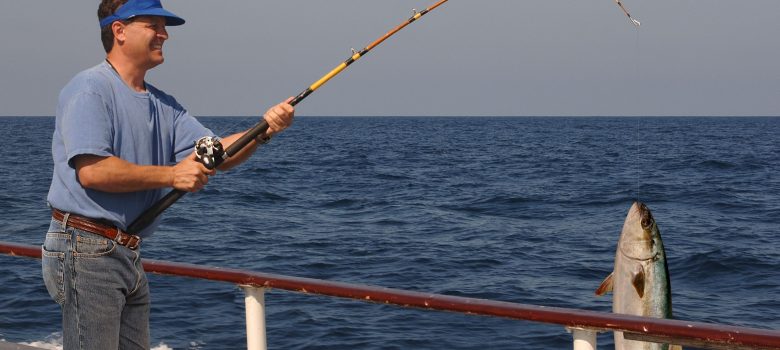As an invasive species in the Atlantic and Caribbean oceans, the venomous lionfish is eating large amounts of fish native to those waters along with shrimp and lobsters. Their population growth has been left relatively unchecked, partly because people in the United States are unfamiliar with these fish and don’t know anything about lionfish for cooking. They also are wary of eating a fish that contains venom.
About Lionfish
Lionfish are native to the South Pacific and Indian oceans. They are destructive to ecosystems in other waters since they have no natural predators there. Gradually, however, restaurant chefs and seafood shops in Florida and on some Caribbean islands are starting to sell this type of fish to customers.
The lionfish is dramatic in appearance. It has numerous rays, dorsal spines, tentacles and stripes. Although the sight of this fish is foreign to most U.S. residents at this point, chefs often work around its startling appearance by cutting it into filets and serving it as a more familiar fish would be. The venom is only in the spines, which are normally removed before cooking. Even if the fish is cooked whole, the venom is neutralized by the heat.
Flavor and Texture
The consensus is that lionfish after cooking tastes like whitefish or snapper. It has a mild flavor and a flaky texture. People who want to try lionfish might want to cook it at home after buying the food at a grocery store. They will enjoy a delicious new flavor and help the ocean ecosystem as well.

